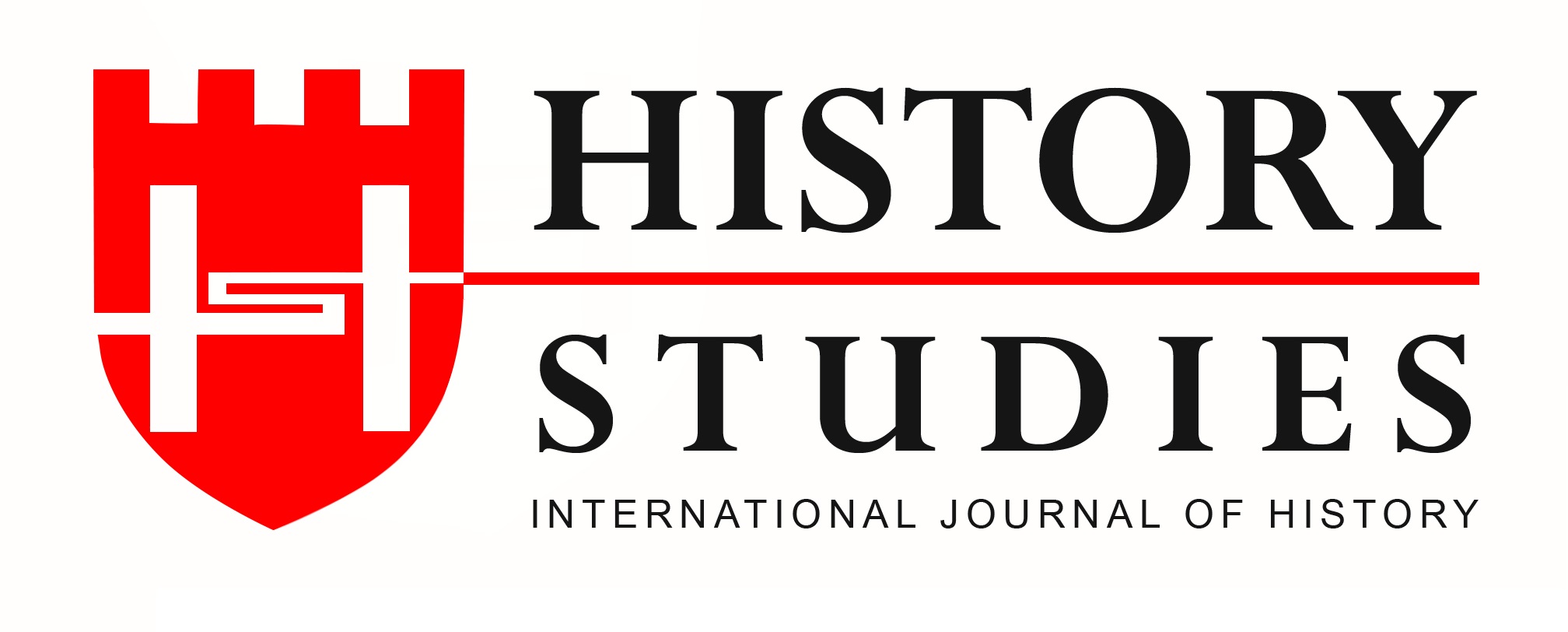Article Evaluation and Publication Process
Article Evaluation and Publication Process
1. Application Phase
-The author uploads the article to the Dergipark system. At this stage, the author undertakes that the article is not under evaluation in another journal.-The secretariat reviews the manuscript from a formal point of view and, if necessary, asks for corrections from the author about the article writing rules and citation methods. Following the pre-checking stage, the journal secretariat receives an iThenticate similarity report.
-Editor(s) may evaluate the article in terms of the importance of the topic, methodology and compatibility with the scope of the journal and may ask the author for editing or reject the article directly.
-The article is referred to the Area editor. The Area Editor re-evaluates the article in terms of its potential to contribute to the Area and its methodology, and may ask the author to edit the article or reject it outright if deemed necessary. The Area Editor sends the manuscript to at least two referees (three referees if deemed necessary) who are experts in the Area, and the double-blind peer review of the manuscript begins.
In the selection of referees, Area Editors are obliged to ensure that there is no relationship between the author/authors and the person to be appointed as a referee, especially "consultancy relationship", co-authorship, etc. Although it is not an obligation, care is taken not to send referees to referees working in the same department as the author.
-If the author fails to make the requested formal corrections at any stage of the submission process, the manuscript will be rejected without being included in the refereeing process.
2. Double Blind Refereeing (Peer Review) Phase
-The referees is obliged to maintain the confidentiality of the manuscript and the review process.-Referees are expected to answer the following questions during the evaluation phase:
1. Is the Turkish and English title of the manuscript consistent with its content?
2. Does the Turkish and English abstract reflect the article accurately and concisely?
3. Is the study appropriate to the field specified in the title?
4. Does the study contribute to the related discipline and does the study express a scientific value?
5. Are the sources related to the subject adequate and up-to-date?
6. Are the data and research method used in the study appropriate for the purpose?
7. Is the study comprehensible in terms of language and spelling rules?
8. Is the conclusion section sufficiently analyzed?
9. Did the author(s) provide a new contribution and value regarding the subject researched?
10. Are there any cases of plagiarism or verbatim quotation in the study?
-The referees can show their suggestions to the author on the text of the article and give suggestions for corrections on the text if they deem necessary. They can make suggestions to the editor about the article.
Referees re-evaluate the articles for which they decide Major Revision after the author's correction.
-In order for the editors to make an acceptance decision, at least two referees must recommend "Acceptance" or "Minor Revision: No Need for Reconsideration" recommendation.
-Manuscripts with two rejection decisions are rejected.
3. Publication Phase
-A correction is opened for the author to upload a "bibliography" to the Dergipark system.
-The article is sent to the layout and language editors. At this stage, the author may be asked for corrections if necessary.
-Articles are sorted according to the date of acceptance, published in the issue in which they appear, and sorted according to the date of acceptance in the issue in which they are published.
*The Editor-in-Chief has full authority at every stage of the relevant processes. When necessary, he/she can reject an article even if it has received two acceptances.
*All these processes take an average of 12 weeks.

